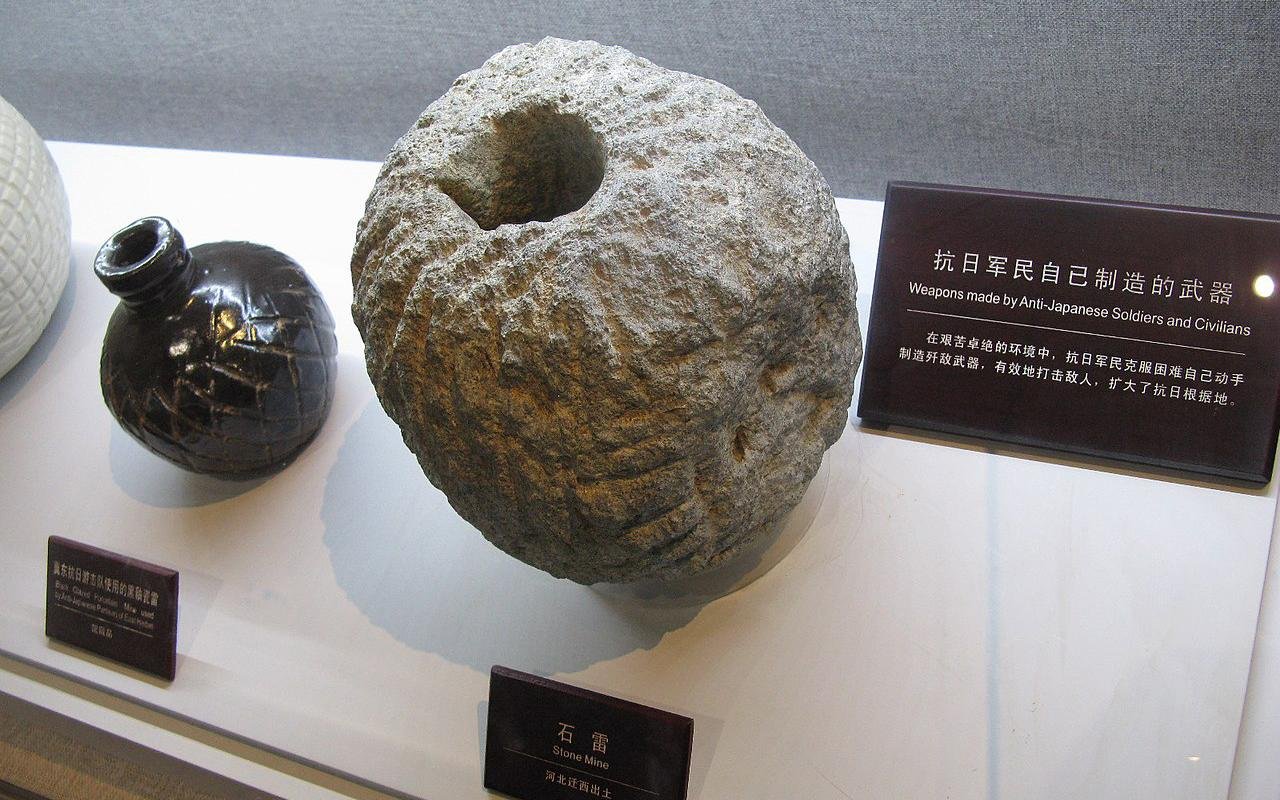Dozens of ancient stone grenades unearthed near Great Wall of China
Archaeologists have unearthed a cache of ancient “stone grenades” near the Great Wall of China. This remarkable find, originating from the Ming Dynasty, includes a total of 59 stone grenades. It offers fresh insights into the military tactics employed during the era of the Ming Dynasty, which ruled China from 1368 to 1644.
The grenades were discovered in a building near the Badaling Great Wall, a section of the wall located approximately 50 miles northwest of Beijing and renowned for being the most visited part of this colossal structure. The excavation marks the first instance of a weapon storehouse being found along the Great Wall.
The stone grenades, etched with orders for guards, are believed to have served as weapons for the soldiers stationed along the Great Wall during the Ming Dynasty. These seemingly unremarkable stones featured a distinctive round hole at the center for gunpowder fillings, allowing them to be sealed and thrown with the dual purpose of hitting the enemy and causing a powerful explosion. “It is the first time that such a weapon storehouse has been found along the Great Wall,” explained archaeologist Shang Heng, emphasizing the historical significance of this discovery.

While visual representations of these stone grenades are yet to be released, they are presumed to resemble hand-held “thunder-crash bombs” made with pottery shells, a common type of weapon during the Ming Dynasty. This recent find, however, features stone grenades with central openings designed specifically for gunpowder, which made them both practical and efficient in defense.
Gunpowder is believed to have been invented in China during the 9th century. By the time of the Ming Dynasty, a wide array of gunpowder weapons was already in use in East Asia, with whimsical names such as “flying rats,” “fire bricks,” “caltrop fire balls,” and “ten-thousand fire flying sand magic bombs.” These explosives were some of the earliest applications of gunpowder, crafted from stone or iron and hurled by hand, catapult, or trebuchet. This extraordinary arsenal of early gunpowder weaponry exemplifies the significance of the Ming Dynasty, which can be aptly described as the world’s first “Gunpowder Empire.”
In addition to the discovery of the stone grenades, the archaeologists made several other remarkable findings near the Badaling Great Wall. They unearthed the remains of a stone fort, providing valuable insights into the defensive capabilities of the Great Wall’s fortifications during the Ming Dynasty. This fort would have been used to support cannons in self-defense and represents an unprecedented find along the Badaling section of the wall.
The excavation also unveiled fire pits, stoves, and various utensils that give us a glimpse into the daily lives and culture of the people residing in and around the Great Wall of China. These artifacts, including cooking tools like pots, plates, bowls, scissors, and shovels, paint a vivid picture of the vibrant culture and community that thrived among the Great Wall’s inhabitants.

The Great Wall of China, a sprawling network of defensive fortifications covering thousands of miles in modern-day northern China and southern Mongolia, stands as one of the most massive construction projects in history. Comprising numerous walls, some running parallel to each other, the Great Wall was built over two millennia to protect against invasions from the north. The earliest sections date back to the 7th century BCE, while the concept of a united defensive structure was realized in the 3rd century BCE by Qin Shi Huang, the first emperor of a unified China. The most extensive and best-preserved portions, including the Badaling section, originate from the Ming Dynasty, from 1368 to 1644.
The discovery of these stone grenades and associated artifacts adds depth and richness to the Great Wall’s historical narrative.






